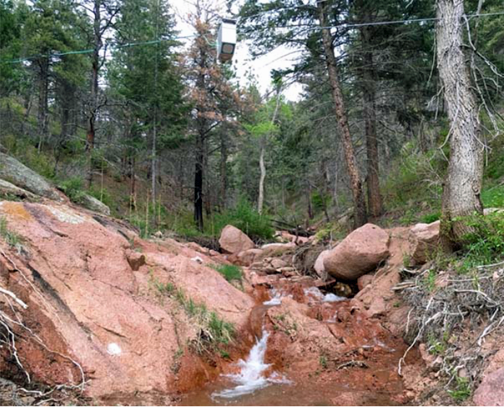
Just announced By NOAA is $6 million in funding to pump up scientific and technological advances to improve severe weather and water hazards forecasting.
The announcement was made by NOAA Research to, as John Cortinas, the director of the agency's Office of Weather and Air Quality, which manages the Joint Technology Transfer Initiative with the National Weather Service (NWS), said, "to get new tools and technologies more rapidly into the hands of our weather forecasters who serve communities around the nation."
Extreme weather is on the rise, and Americans are increasingly vulnerable to its effects. The NWS must provide modern customer service to meet the needs of 21st century America. Despite thousands of weather warnings that NWS issues each year, hundreds of American lives are lost each year to flooding, snowstorms, tornadoes and other weather events. But getting new and more powerful forecasting tools into the hands of forecasters is not simple or often speedy.

Radar is positioned on a metal pole high above Honey Creek in Davis, Oklahoma, as a new tool to monitor stream levels in real time and improve the prediction of flooding.
Photo Credit: J.J. Gourley, NOAA.
There are complex challenges before forecasters can use the new improved methods and the tools must be carefully tested to ensure high quality and reliability. The Joint Technology Transfer Initiative brings scientists and forecasters together to streamline the transition. Early collaboration helps ensure that new tools are well adapted to NWS forecast models and computers, and that they produce information that is easily understood and usable in NOAA’s fast-paced forecasting offices.
NOAA focused this year’s grant competition on projects that improve severe storm and water forecasts through improved forecast models, new observational capabilities and better methods of assimilating data into weather forecast models. NOAA awarded funds primarily to its cooperative institutes and other academic partners to support a range of projects. They include projects to:
- Improve the accuracy of rainfall estimates and forecasts of flash flooding, hail, severe winds, thunderstorms and other weather hazards
- Improve weather prediction models
- Use radar to provide more frequent observations and real-time alerts of stream flows in waterways. Forecasters can use this data to enhance the current stream flood monitoring system.
- Test if adding lower atmospheric temperature and moisture data from ground-based instruments can improve thunderstorm prediction
- Improve methods of integrating lake and reservoir level observations, including Great Lakes water levels, into the National Water Model, which simulates and forecasts stream flow across the country.
- Acquire the latest technology to improve drought monitoring and early warning systems
Cortinas added that these grants support the transition of some of the most promising tools to improve forecasting. They allow each new technology to be carefully tested to ensure they are reliable and enable weather forecasters to give our public safety partners the best information to make life-saving decisions.”
For a more detailed information on the grants, look for Joint Technology Transfer Initiative in this grant listing: http://owaq.noaa.gov/GrantsandProjects.aspx.

